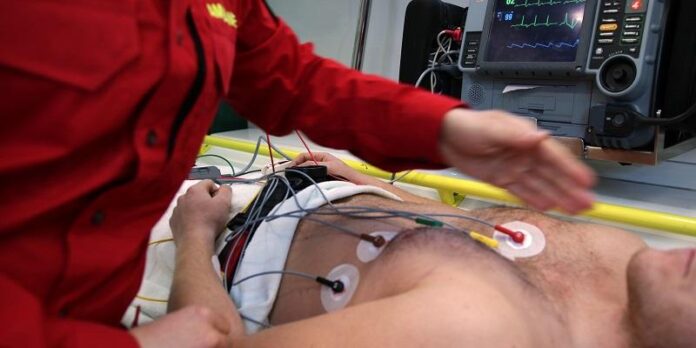The death rate for patients who experienced what is normally a lower-risk heart attack rose sharply during the peak of the COVID-19 pandemic, according to an analysis of NHS data.
In comparison, the death rate for people who had a more severe heart attack fell.
The study – led by a research team at the University – also revealed a substantial drop in the number of patients who were arriving at hospital with a heart attack. At its lowest point, hospitals were treating just over half the cases they would normally expect to see.
Although the number of people seeking medical help did rebound, they had not returned to their pre COVID-19 levels by 22 May, when the study period ended.
The reduction in patients seeking timely help is likely to have resulted in people dying at home or developing chronic heart problems.
Despite the pressures on the NHS from COVID-19, the study showed that hospitals were able to maintain their emergency cardiac services in the vast majority of cases and adhere to best-practice clinical guidelines.
The study is the first detailed insight into what happened to heart attack patients as the NHS reorganised services to focus on COVID-19. The investigation was only possible after Ministers sanctioned access to anonymised patient data.
Researchers analysed admission data for 50,689 patients who had a heart attack and were treated at 99 acute NHS hospitals in England over the 14 months prior to UK lockdown on 23 March, and the first two months of lockdown.
The study was endorsed by Sir Patrick Vallance, the Government’s Chief Scientific Advisor. He wanted scientists to investigate how patients and healthcare providers responded during the peak of the pandemic to help inform future NHS planning.
The findings are published in the European Heart Journal – Quality of Care and Clinical Outcomes.







